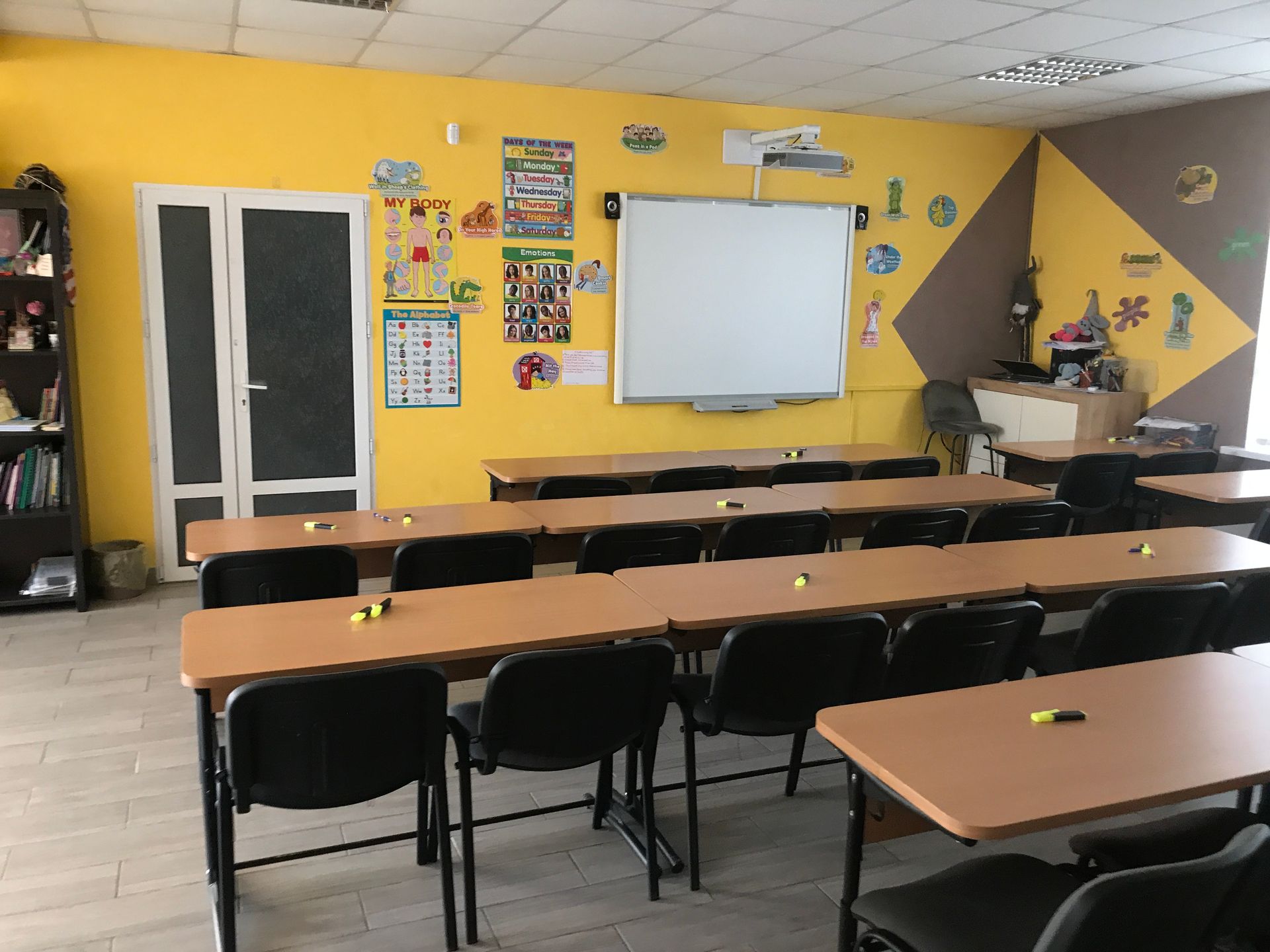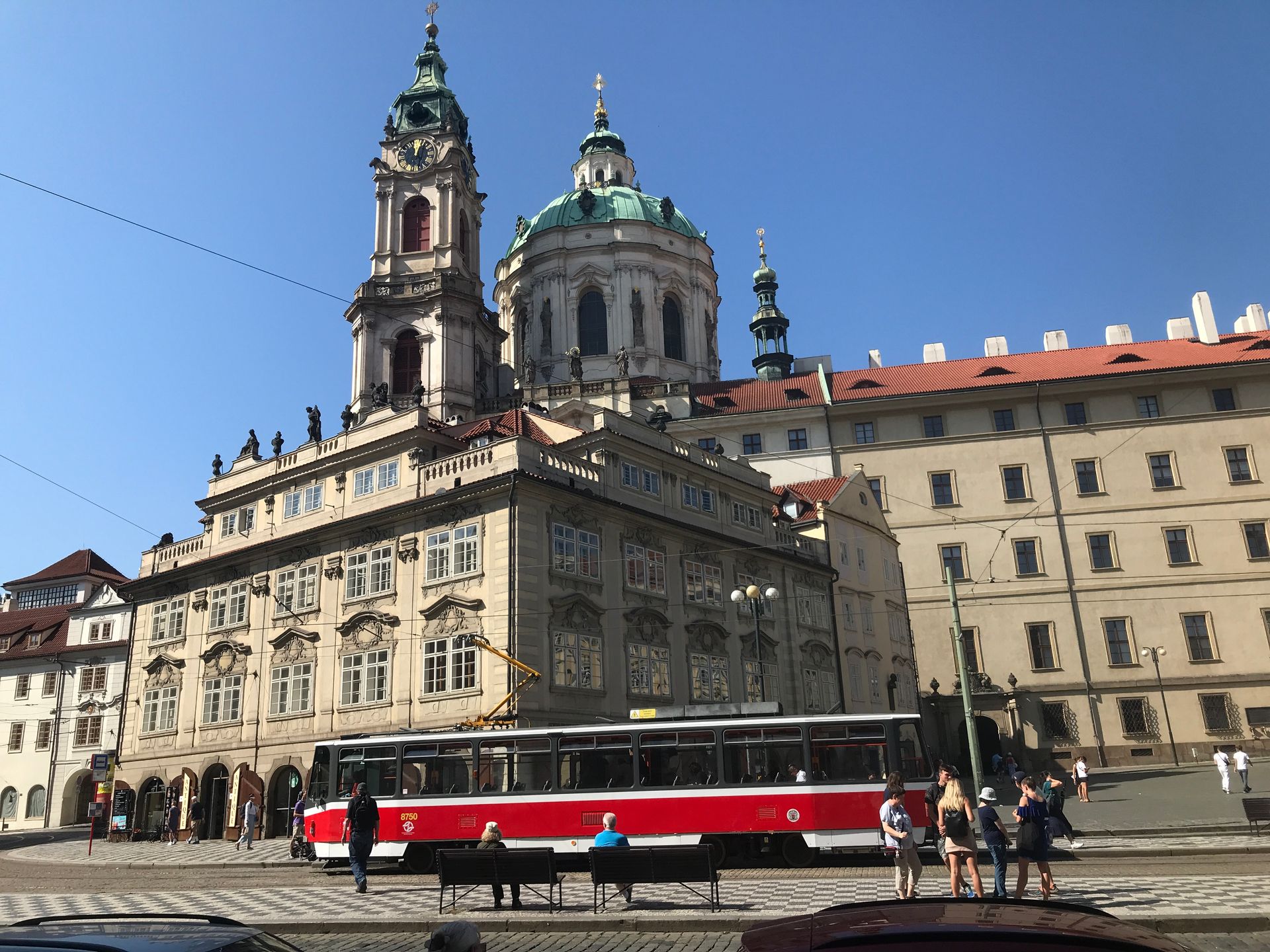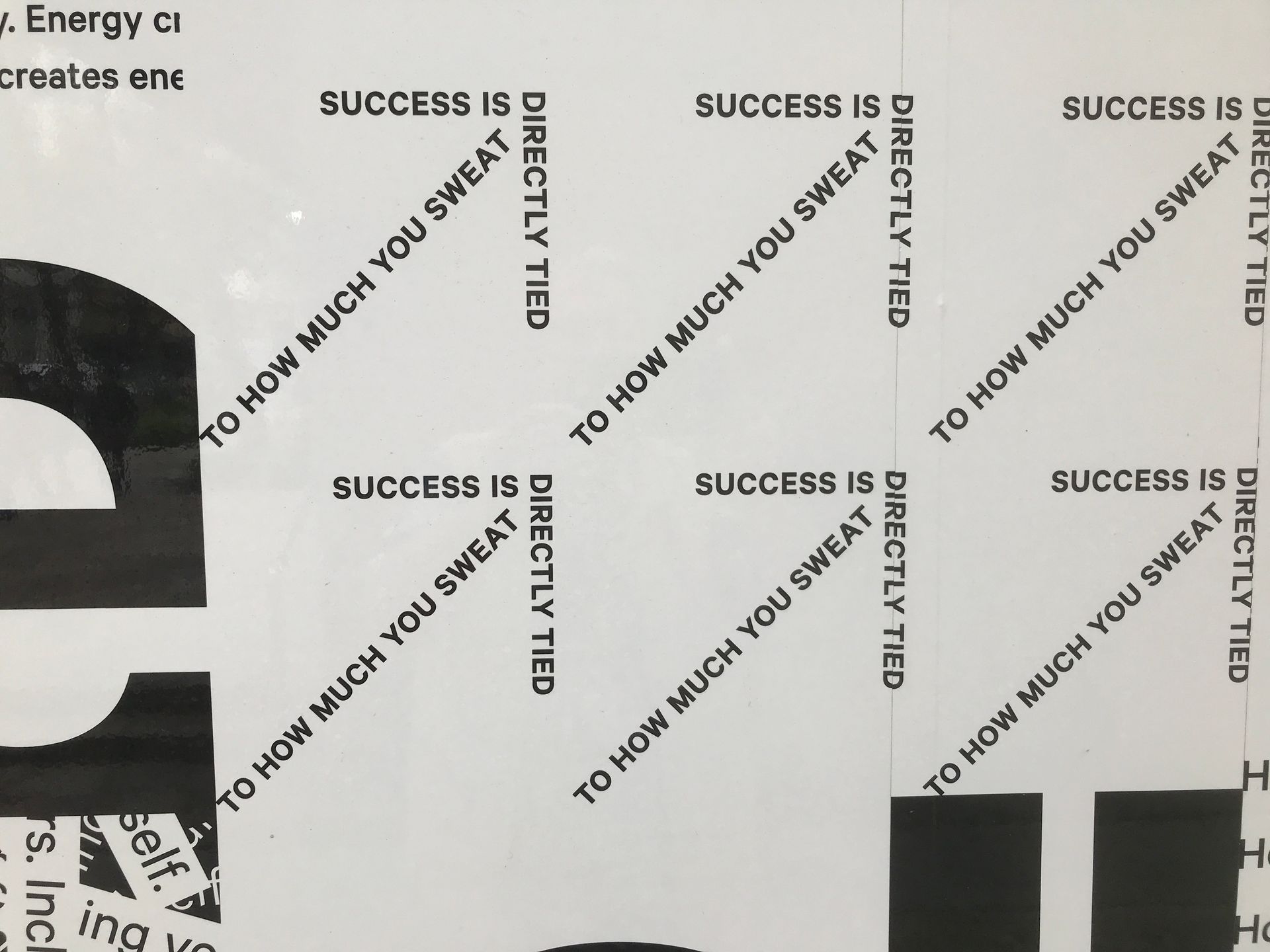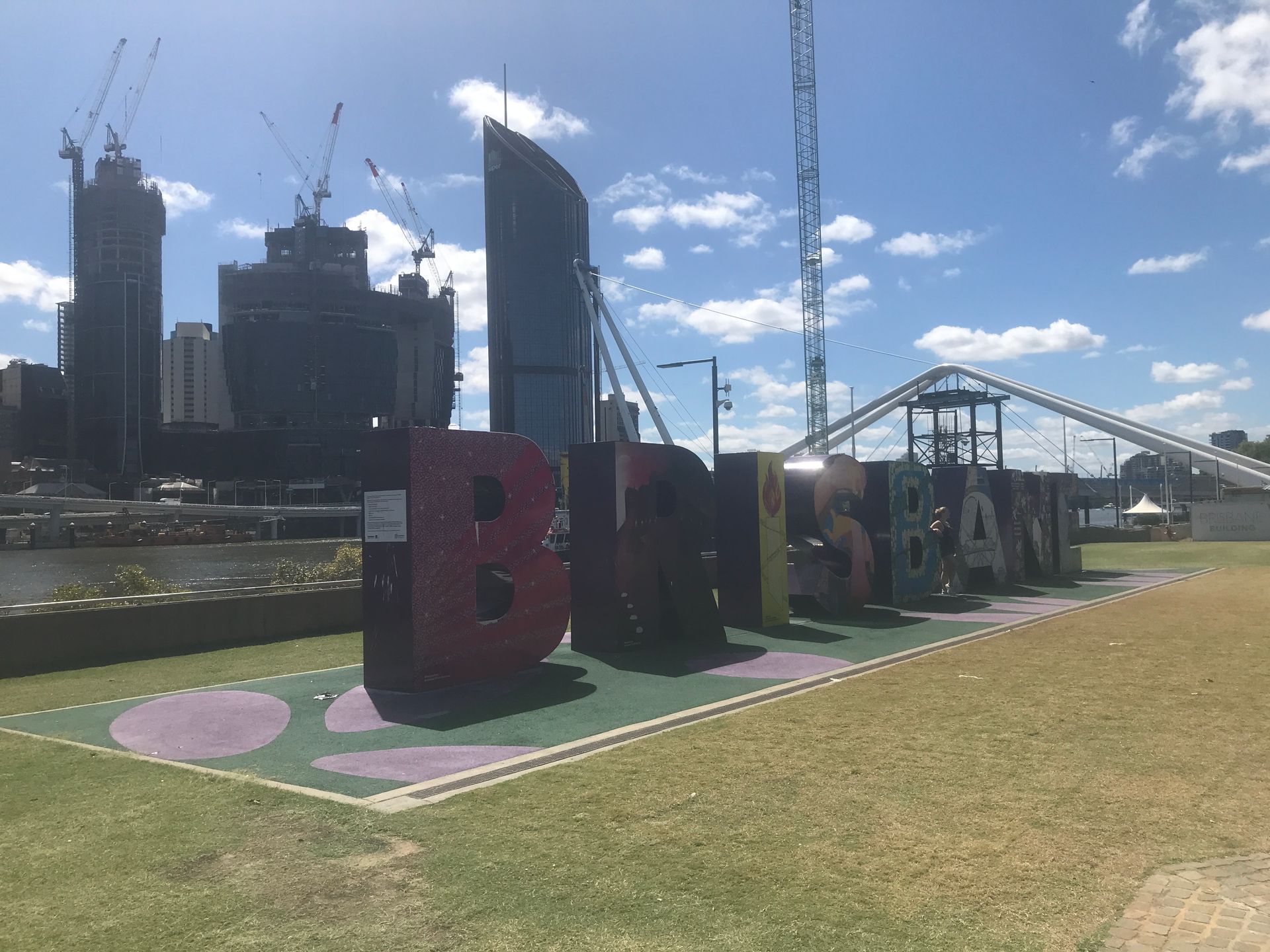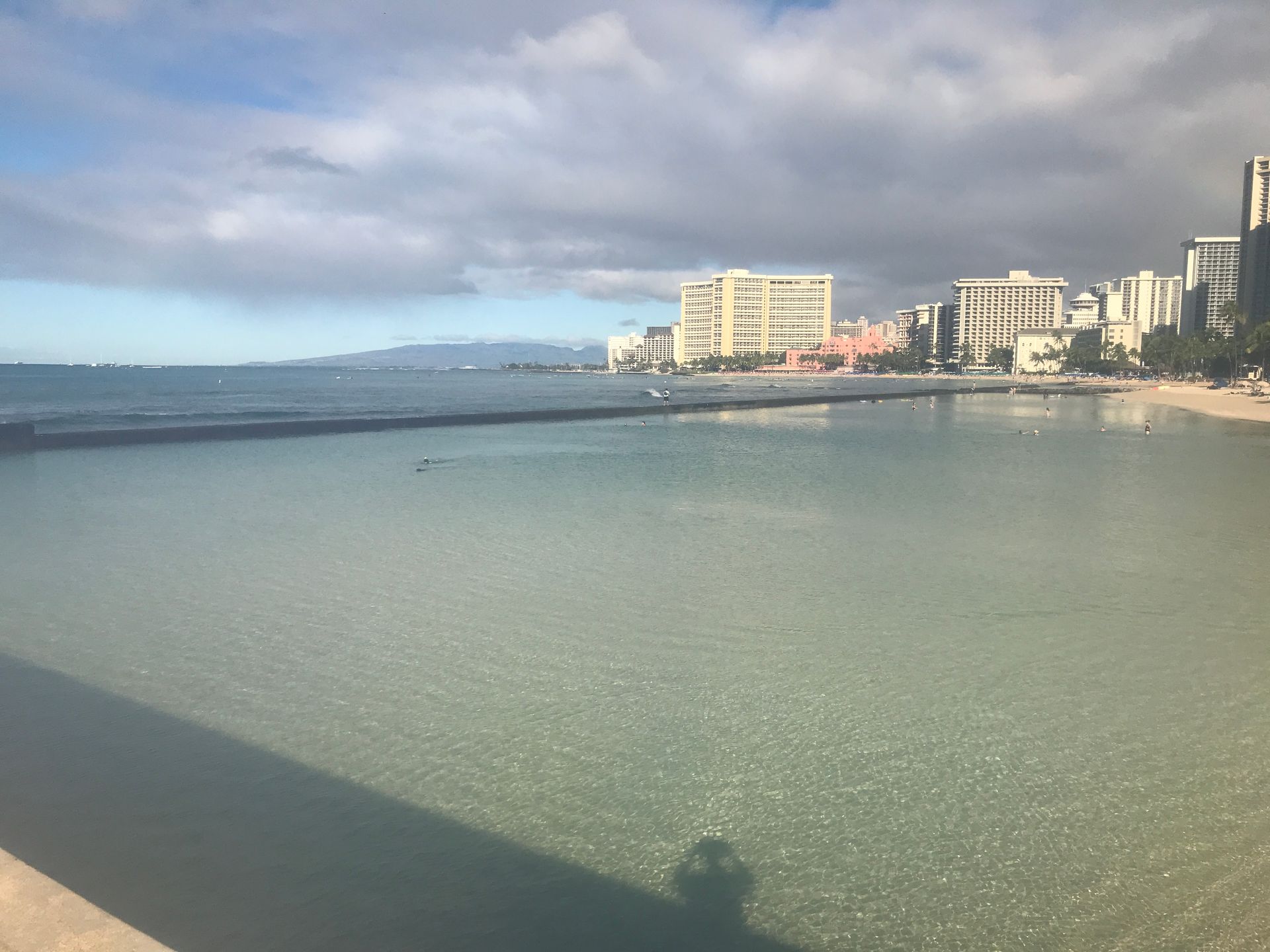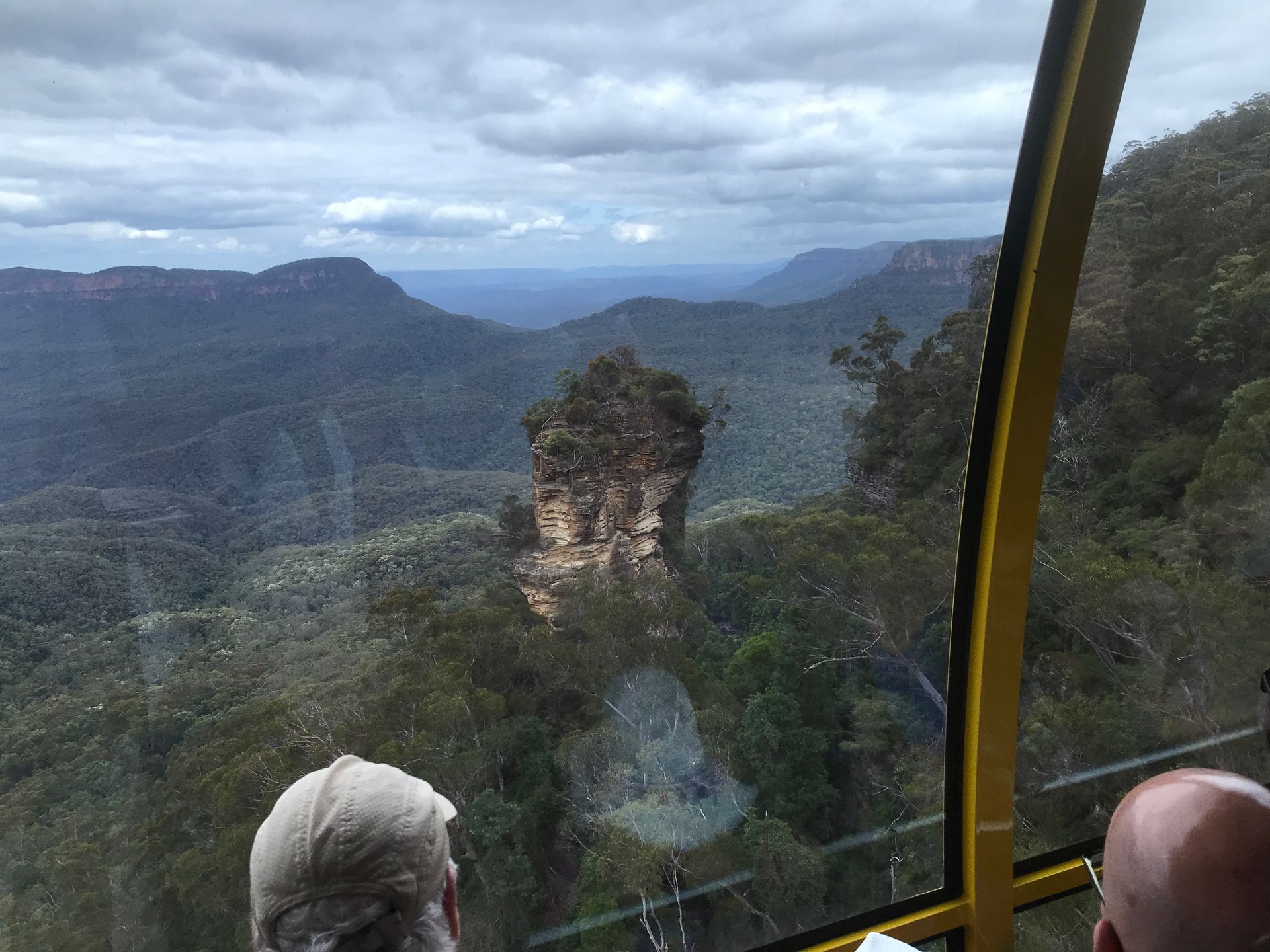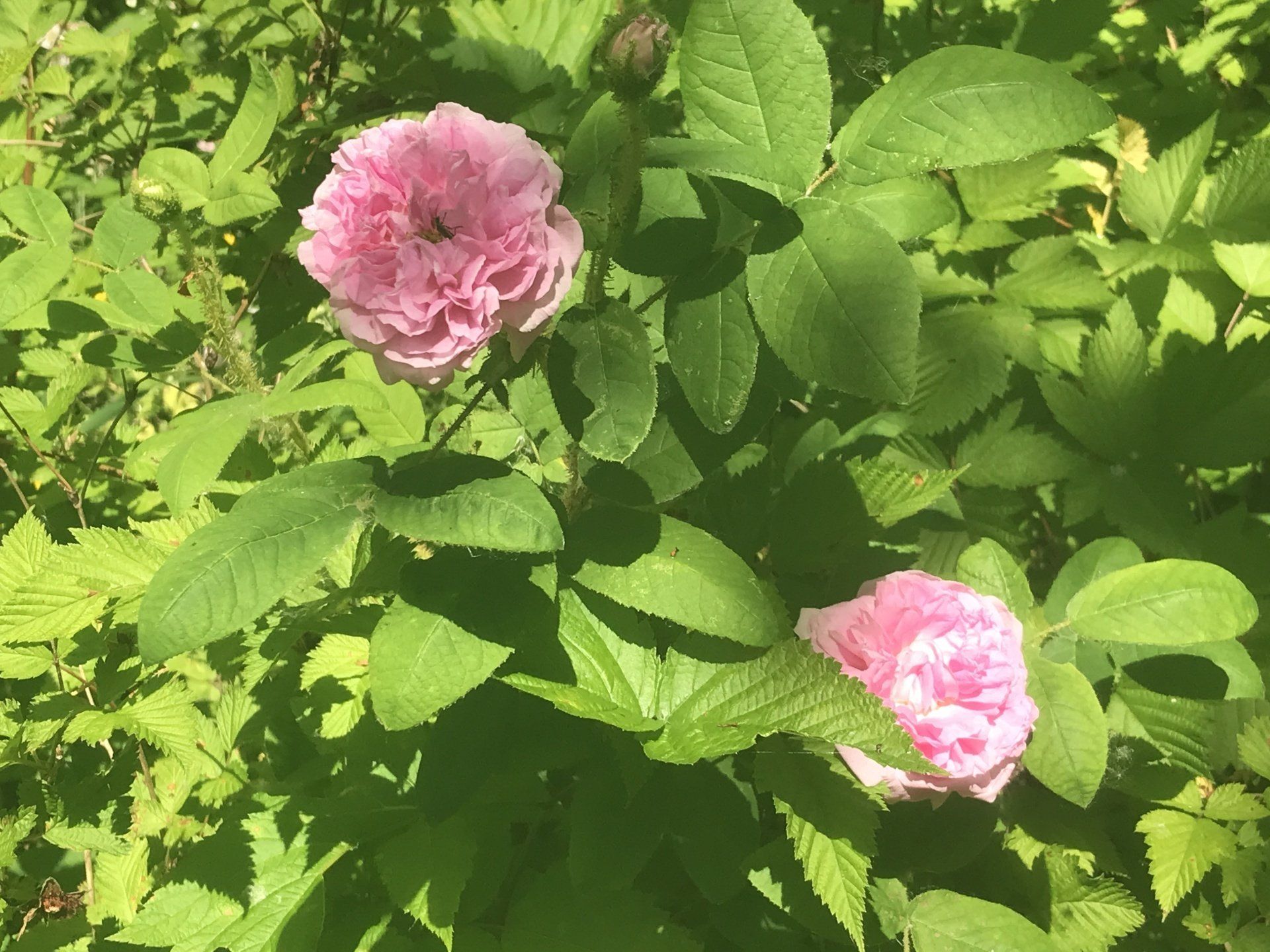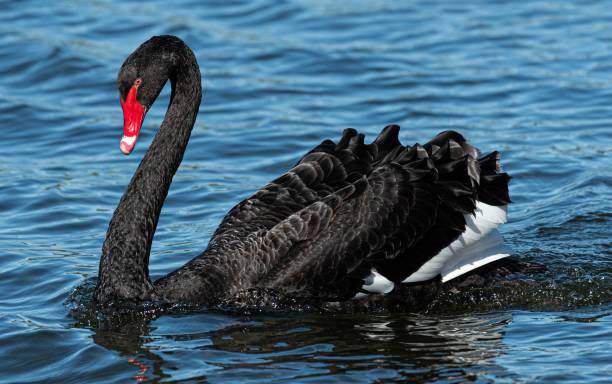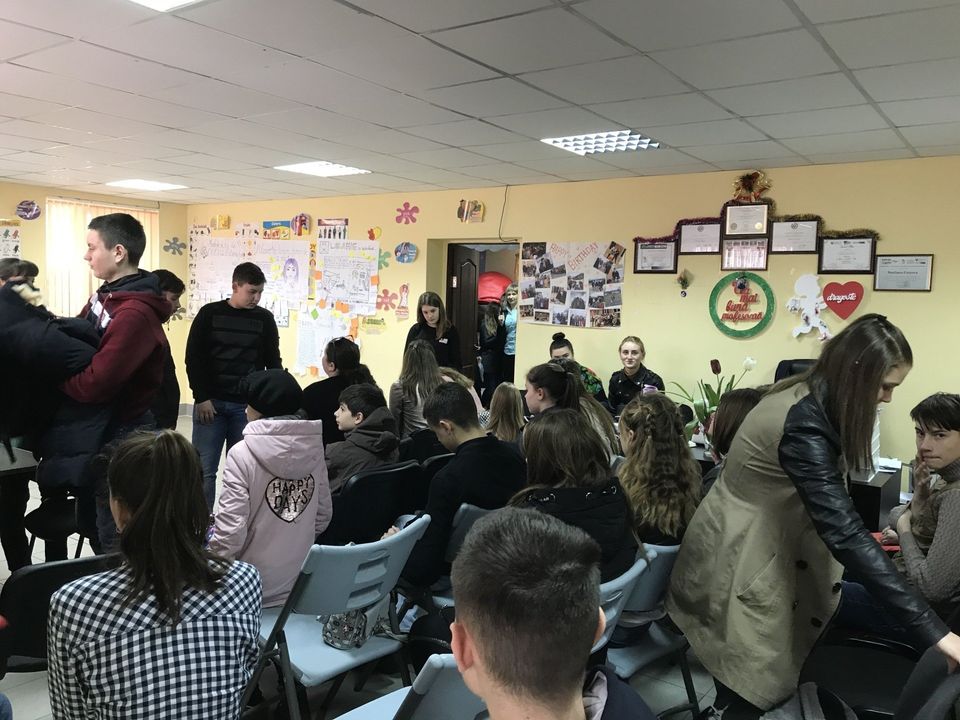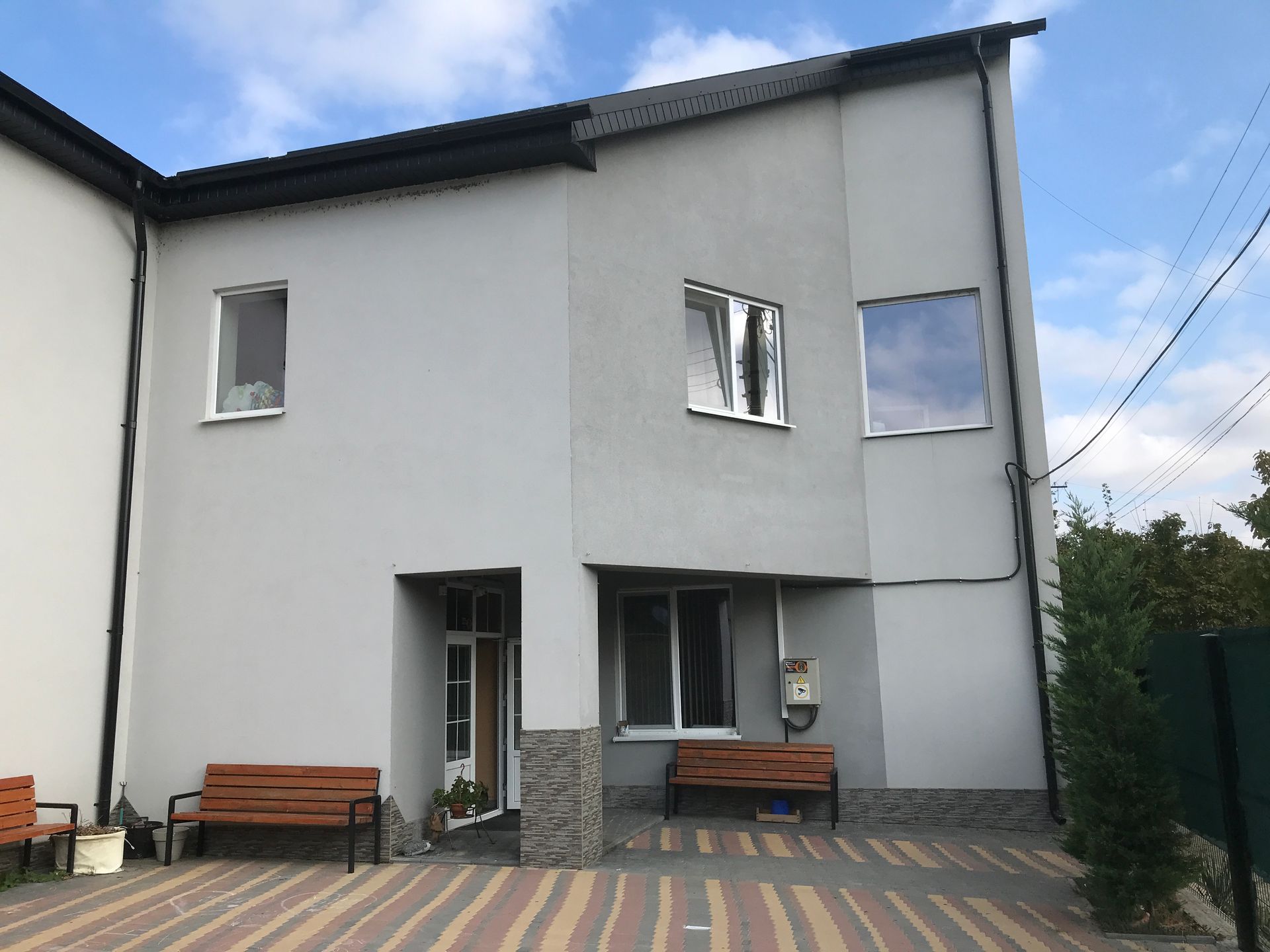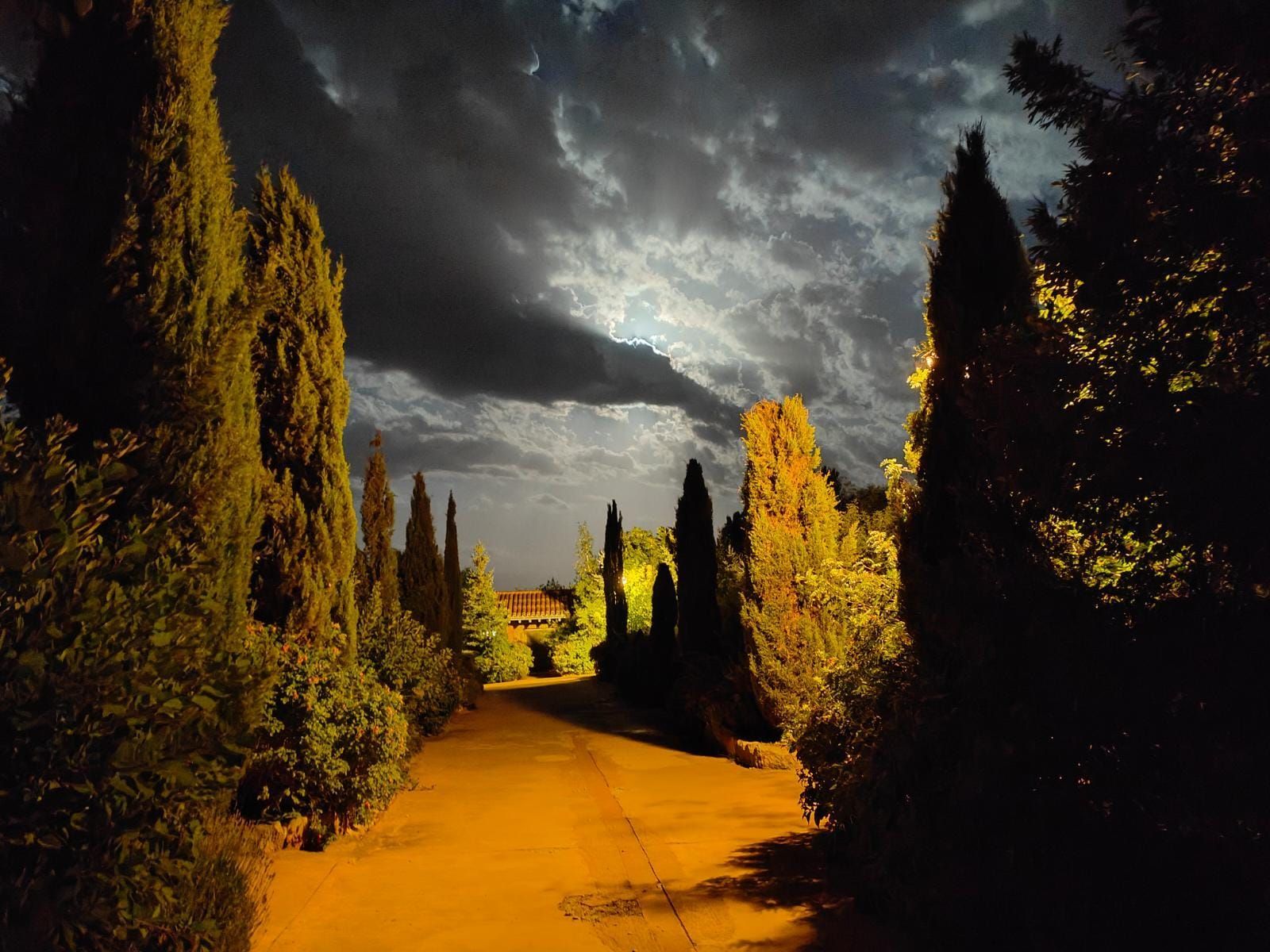Culture and Celebration
Easter is probably the most important celebration of the year among the Eastern Orthodox. I was informed that my attendance at church was expected but it wasn’t what I anticipated. It was a blend of religion and culture. One got the impression that the rituals had been around for centuries and had survived the attempts of the Soviets to eliminate it.
People make this trip home for Easter, and their ancestors, from wherever they may be in the world for this is a 2 weekend Easter celebration. However, most do not know the location of their ancestors beyond 3 generations back as there was forced migration from other Slavic areas and they lost contact with their origins.
The ritual is roughly like this. The house gets a total cleaning on Wednesday and Thursday, no surface is untouched. Then there is 2 days of cooking special foods for the feasting after the services. This is a solemn occasion without loud talking, joking and such. The lighting of the Holy Fire in Jerusalem is televised on Saturday and the flight of all the aircraft carrying the flame to all points of the world is monitored. (Must give the FAA major concern). Services inside the church begin at 23:00 and end at about 03:00 Saturday night to Sunday morning, hymns and liturgies. But most of the faithful congregate around the outside of the church in places that they have stood with their families all their lives. In Causeni it was 2 concentric circles around the outside of the church. Everyone brings a basket with candles, bread and other important things which they place on the ground in front of them to be blessed. The candles are light from the Holy Fire brought from Jerusalem. The procession starts at 03:00 down the path between the circles, lead by men carrying icons such as one sees on church walls and in homes but these are on poles. There was also one cross on a pole. The priest then walks behind the leaders using a sheave of reeds, like a broom, which he dips into a pail of water and flings this water over the people of the outer circle to his right and then reverses his route and waters the people of the inner circle. Any candles doused by the water are re-lite from the Holy Fire of others. It is finished before sunrise. Then everyone goes home to rest. Later in the morning the feasting begins with dishes that seem to be more cultural than religious.
The next Sunday is Easter for the Dead. One goes to the cemetery during the week after Easter services and cleans up the ancestors’ graves by pulling weeds and adding a layer of soil. On Sunday they bring bread, wine and small gifts to the graves of their ancestors, put the bread on the grave, give small gifts to passersby in remembrance of the ancestors and then drink wine from a small glass after spilling some of it on the grave. There is no mention of any personal stories of the ancestors but people wait for the appearance of friends who are visiting their ancestors, to catch up, as they may not have seen them in the last year. There is pity for the graves that are not cleaned up as it is felt that the descendants don’t care. It seems to be a cultural thing that nobody discusses death, even at a time removed from Easter and definitely not in the cemetery itself.
The cemetery in Causeni is on a hillside overlooking the valley and the gravestones date back to about 1850.
After the cemetery, one goes home for more cultural food and the exchange of small memorial gifts.
Because of the dates of Easter, Victory Day followed on Thursday. This is the celebration of the Nazi defeat in WW2 and no mention is made of the Soviet presence that followed. After the morning military celebration the afternoon is Moldova Day. The day after is a holiday but no one can remember why. Maybe завтра Day (translation: tomorrow).
ReCent Posts
